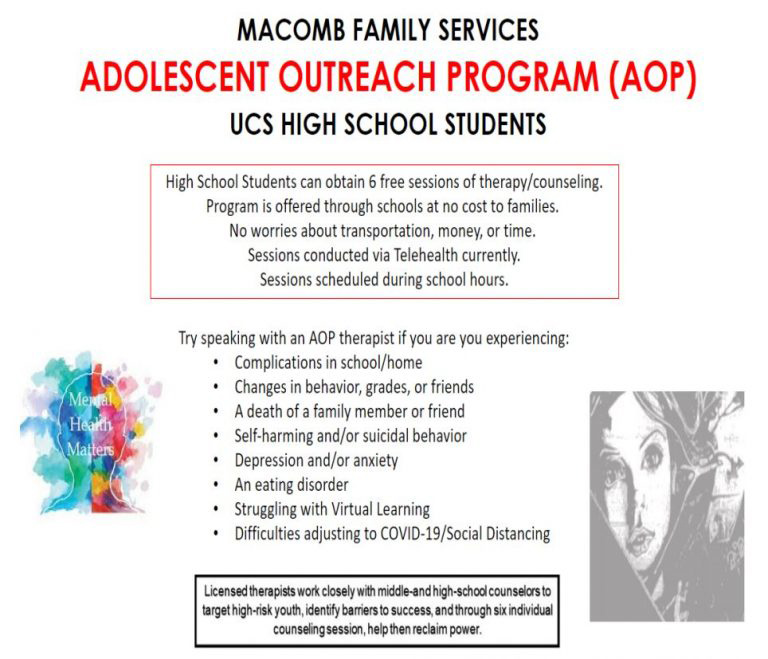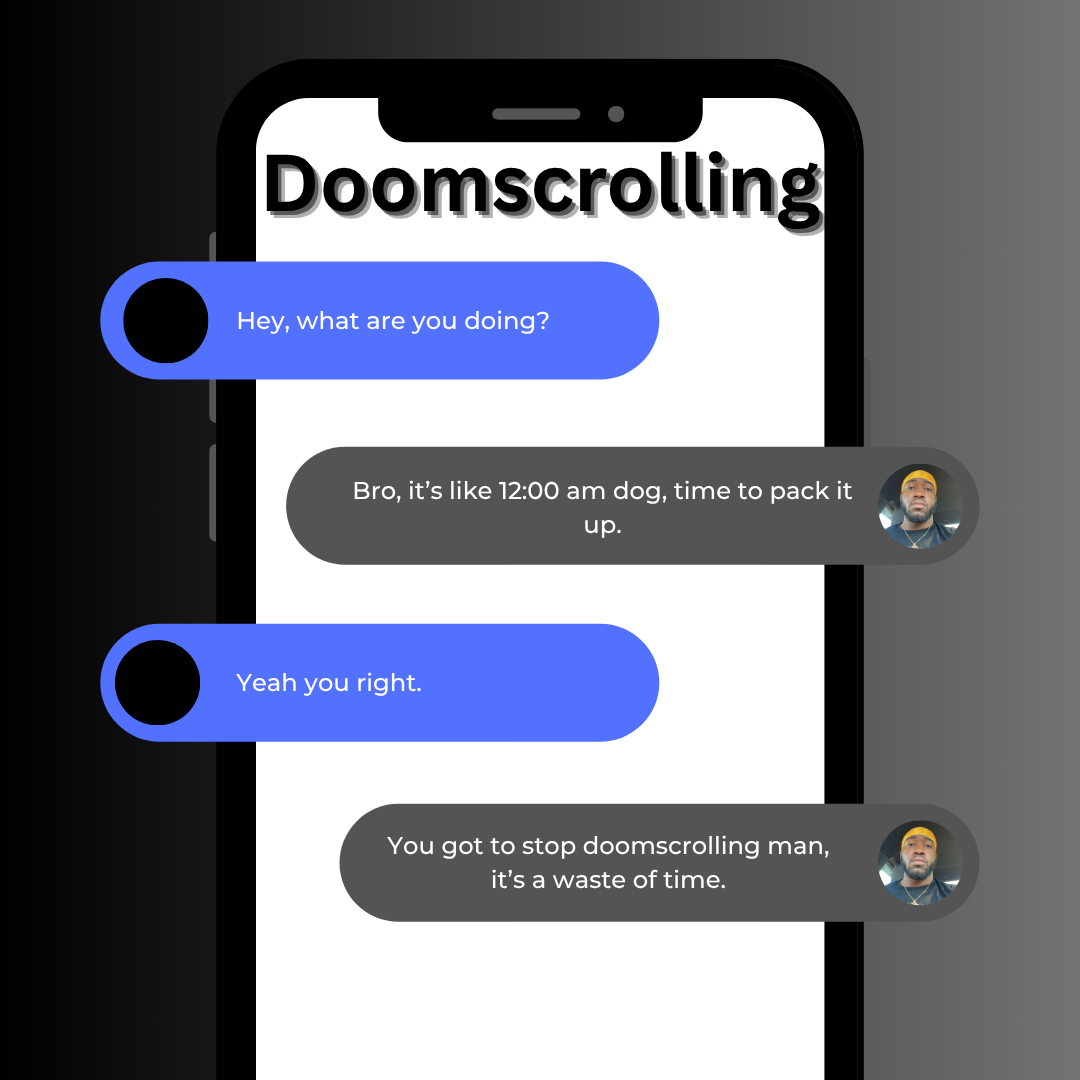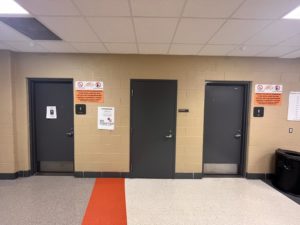Mental Health Check
Leading a discussion to break stigma and raise awareness
December 15, 2020
Have you ever heard of SAD or better known as seasonal affective disorder? Well, this is a specific type of depression that pertains to the change in seasons. SAD tends to begin about the same time every year. For most, SAD begins during fall and continues into the winter. Less often, it may occur during spring to early summer. Some symptoms might include: fatigue, mood changes, disinterest in activities that may have found enjoyable before, emotional eating (Eating because of boredom), oversleeping, & lack of social interaction.
“Seasonal depression is a real thing. I think, with us being in Michigan, we tend to see it more often than you would see it in Florida because you don’t get that Vitamin D as we should,” said counselor Annemarie Carabelli. “I believe that when it comes to students who are feeling that way, you could use tools from our toolbox to help you try to cope with seasonal depression. One of my colleagues has a special light in her office to help her through her seasonal depression.”
Anxiety is a commonly used term today, but many don’t know what exactly it is. There are many different varieties of anxiety. Some commonly know anxiety disorders include: Panic Disorder (panic attacks), social anxiety, different phobias, Obsessive-Compulsive Disorder (OCD), separation anxiety, & Post-Traumatic Stress Disorder (PTSD). Some symptoms of anxiety might be, racing thoughts, chest tightening, lack or shortness in breath, headaches, nausea, uncontrollable shaking/trembling, fatigue, overwhelming, over thinking, irrational dread of everyday situations/activities.
“We see a lot and depression all the time. I mean, we had it before we went to remote learning but now, with this pandemic, even more so now. We get a lot of anxiety because we don’t have the routines we used to have and spending all that time behind computer. I’m talking about students and the adults, we don’t have the routines we use to have, and I think that makes it difficult for us as well,” said Carabelli.
Have you ever wondered why you can’t sit still or are always hyper? This may help. ADHD (Attention deficit hyperactivity disorder) is a neurological condition, once referred to as ADD. However, its symptoms could fall into 1 of 3 categories: primarily inattentive, hyperactivity-impulsive, or both. The severity varies from person to person, making it challenging to make a diagnosis. According to the centers of disease and prevention, it effects roughly 11% of children and teens in the United States are diagnosed with ADHD.
Mental health is becoming less of a taboo subject in today’s society. A commonly seen result of some mental health issues is suicide. Suicide is not a topic to be taken lightly. If you or someone you know is self-harming, or may be considering suicide there are many resources offered to help. Utica High has a rant room every Wednesday as well as a program that allows students 6 free therapy sessions for free. There are also many hotlines for people who may just need someone to talk to or are considering suicide. The National Suicide Prevention Lifeline is 1-800-273-8255. Telling a trusted adult is also a great start to lifeline help and trying to work towards feeling better. Telling someone is always better than sitting by while you or someone you care about suffers in silence.
The best thing to do if you relate to the symptoms of any of these disorders or feel that you or someone you know is self-harming, is to speak to a trusted adult, family member or counselor. And to focus on coping mechanisms and the little things instead of isolation or unhealthy habits. Remember that pain is temporary, whether it feels that way in the moment or not and there is always someone willing to help.













